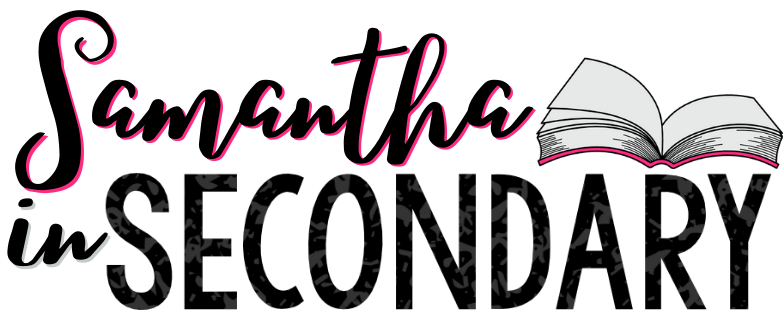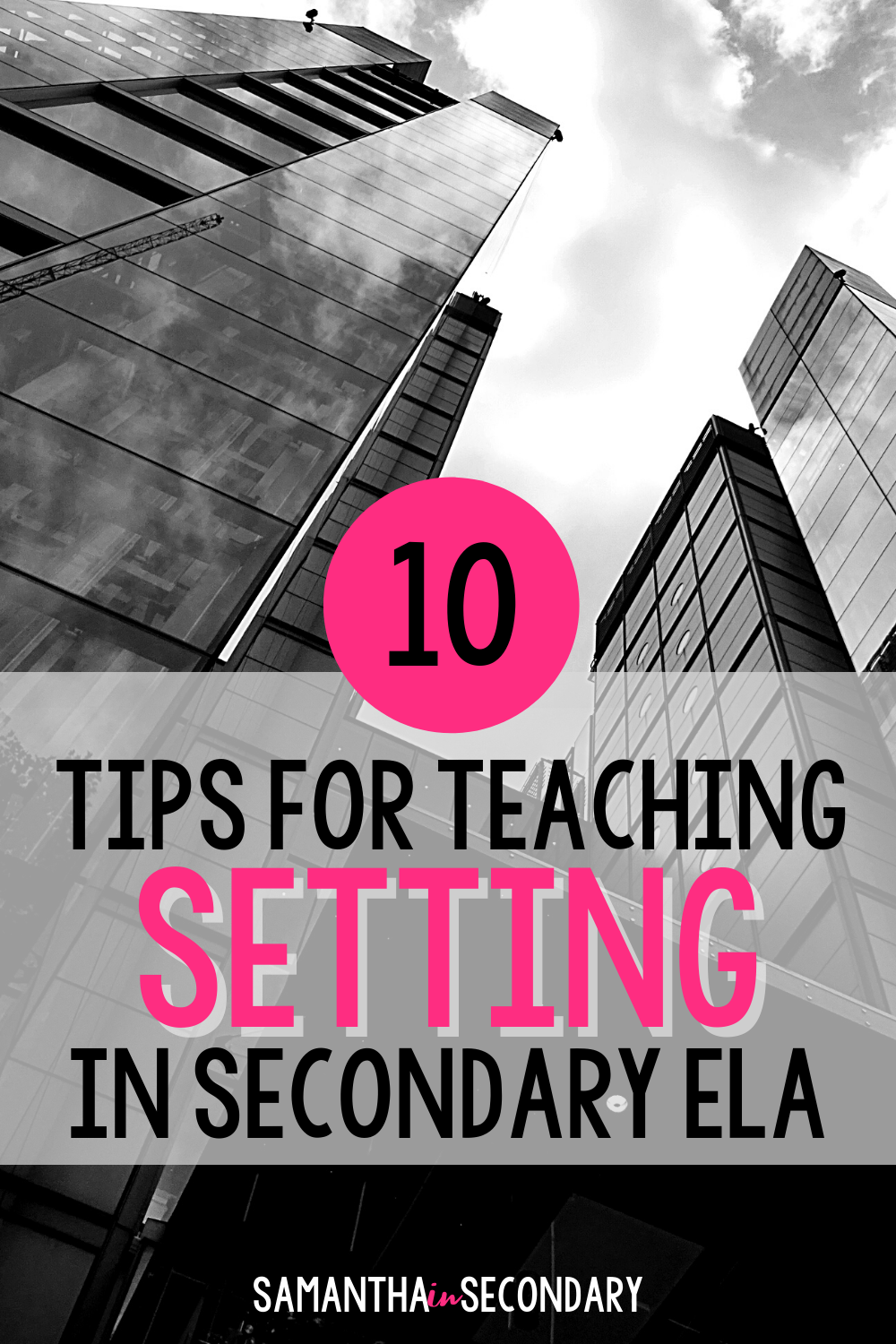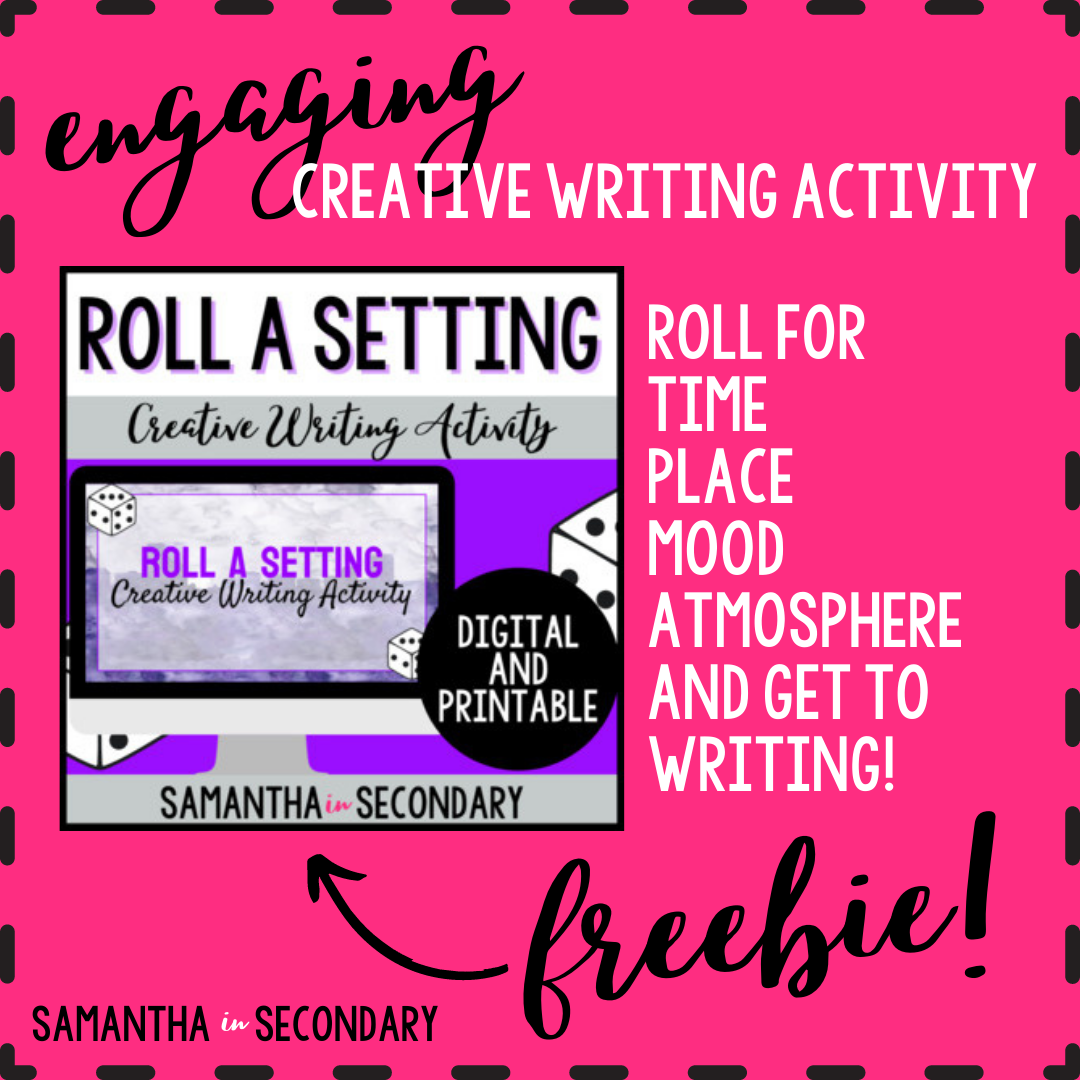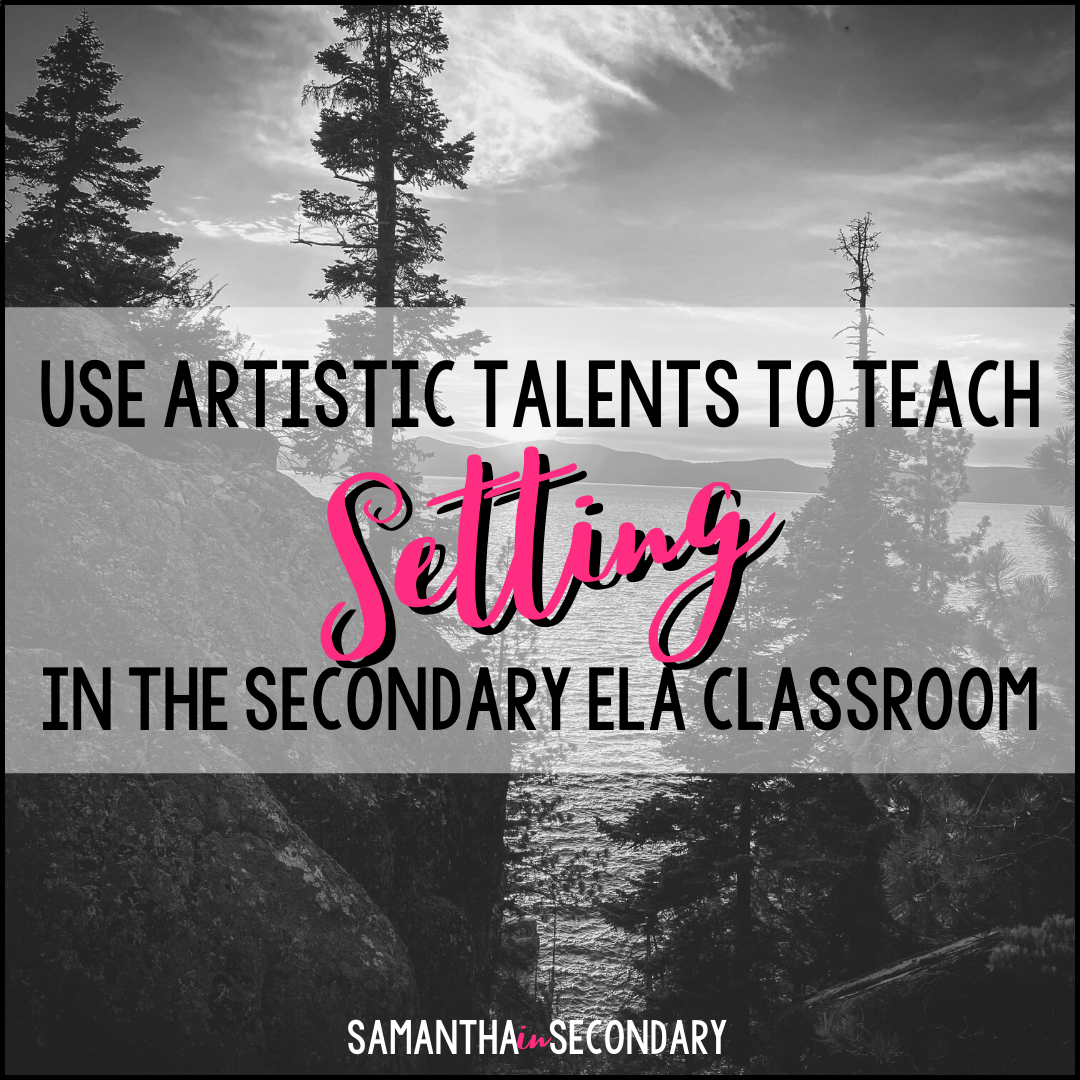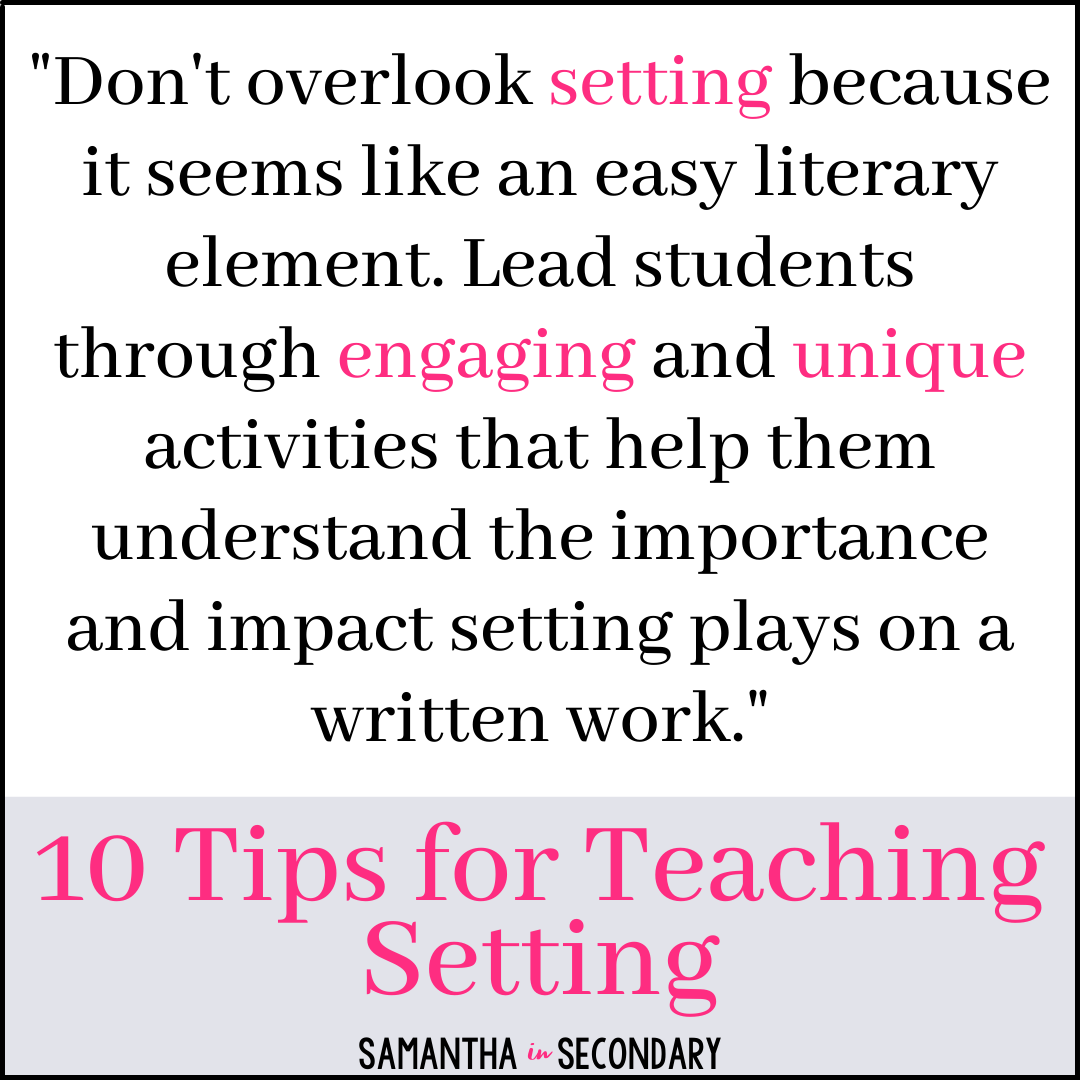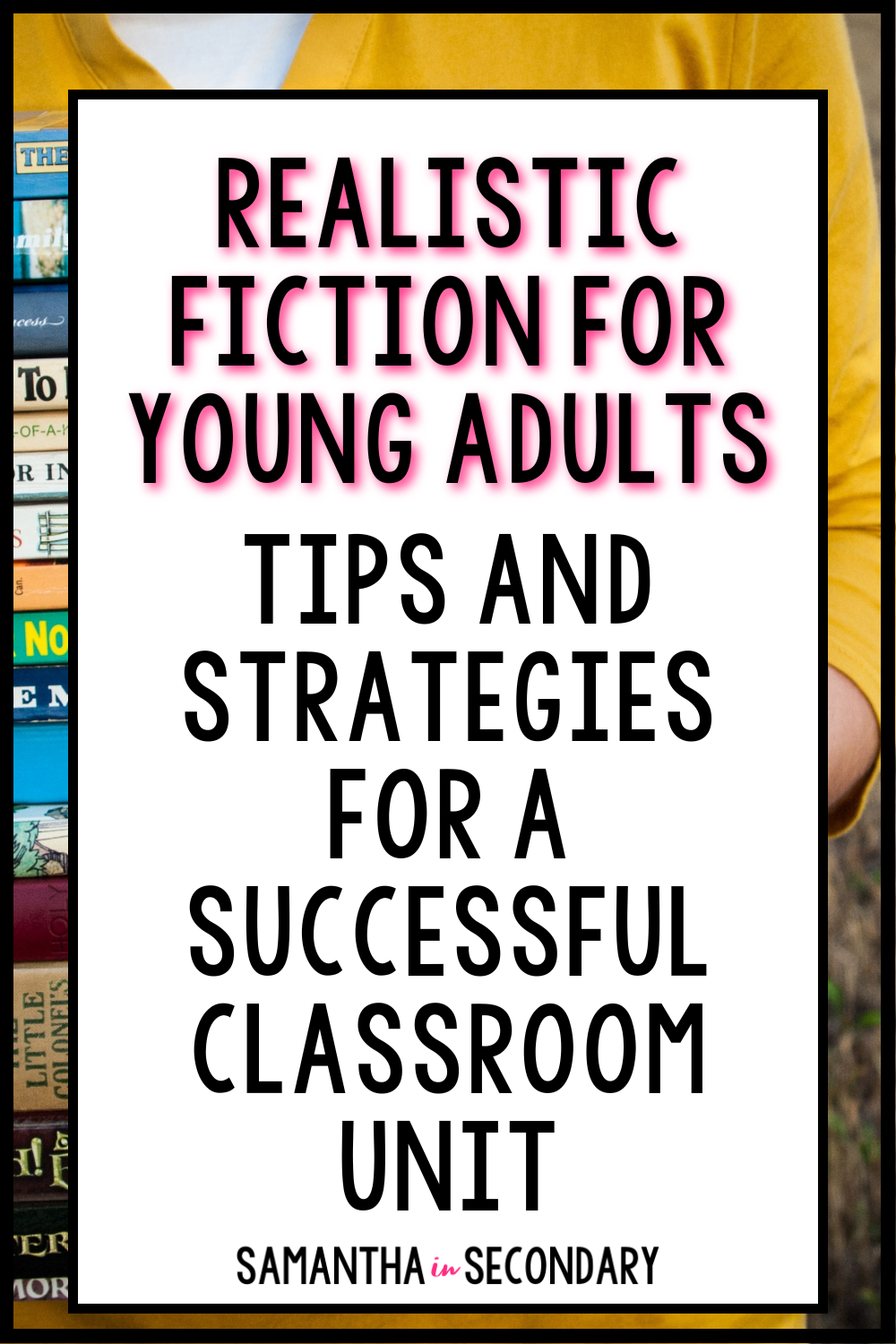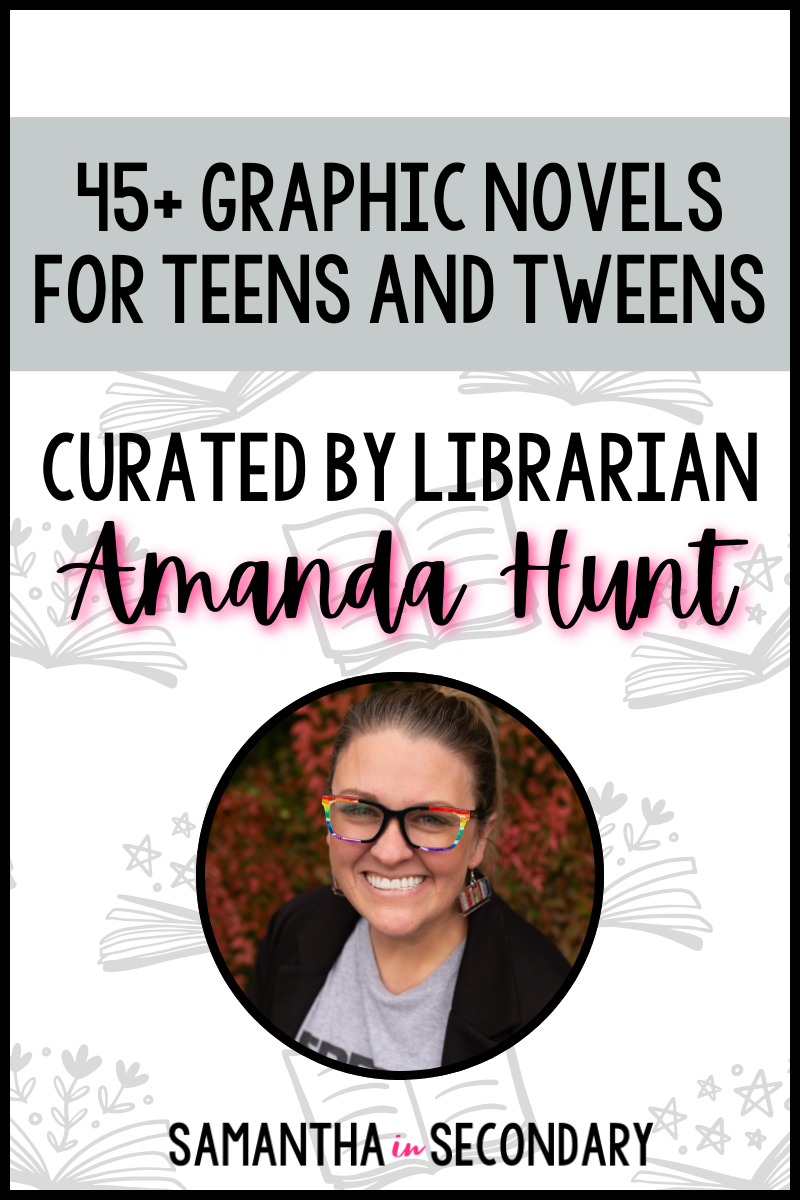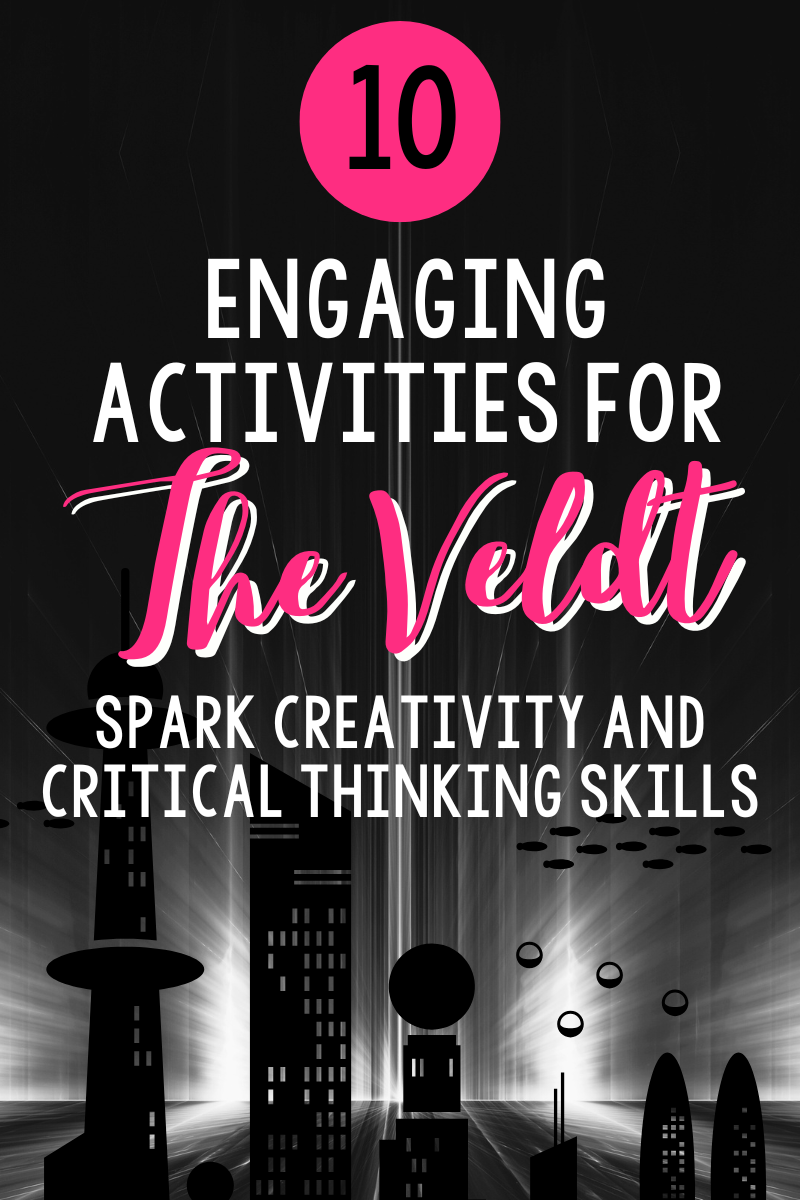Teaching setting in secondary English Language Arts classrooms can be an overlooked literary element. It can certainly be tricky to identify and use, but rather than skim over it, I like to slow down and focus on setting as a stand-alone literary element. There are so many great activities that you can use to give it the spotlight it deserves. Read on for some of my favorite ideas.
1. Use rich mentor texts
Having an example for good writing is so important for students. Use rich mentor texts from Young Adult historical fiction which always does a fantastic job of highlighting the setting. My favorites include All the Light We Cannot See by Anthony Doerr, The Lovely War by Julie Berry, Fever 1793 by Laurie Halse Anderson, and The Downstairs Girl by Stacey Lee. Have students try to mimic the style of the author.
2. Use an engaging writing activity
Alternatively, you can have students work on creative writing assignments to key in on their setting identifying skills. Find engaging writing activities that allow students to explore different elements of setting such as time, atmosphere, and mood. Students can work on writing a rich setting description and get excited about creative writing. I have a very engaging Roll-a-Setting Creating Writing Activity in my store that is a perfect activity to help students work on their setting-identifying skills.
3. Use a setting mini-lesson
If your students need a quick review of setting identification, or you need a short practice opportunity, consider a mini-lesson. You can spend time in “hyper focus” on the importance of setting and where and when it should be created, and use exit tickets or short activities to check for understanding. Then you can move on to meatier mentor texts or creative writing activities. I have a Setting Mini-Lesson already created that includes a lesson, slides, and activities for your students.
4. Use pictures
Help students find inspiration by using pictures. Give students the setting visually and have them come up with the words to “paint a word picture” of what they see. This is an activity that can be multi-faceted. Pick one image and have the whole class write their personal take and share to see different perspectives. Have students pick their own image (or provide several options to choose from) so they can write what speaks to them. You can also make this more challenging by having a series of settings and having students thread them together.
5. Use artistic talents
Let students who are more artistically natured showcase their talent. Select passages that focus on setting and have your students create the scene. This can be as simple as colored pencils and paper, or you can have students work on digital art, paintings, or abstract representation. A totally fun and unique spin would be to play “setting telephone”. Use pictures for students to write a brief paragraph describing the setting, and then have different students swap and try to recreate using the description given to them. Compare the results and discuss the importance of the words used and how different writings invoke different images for each person.
6. Use a setting mood board
Help students create visual representation by using a mood board. The focus is carefully selected images that evoke an emotional response for their viewer. Students should think carefully about their choices (much like how an author would select their words) and it is something easily adapted for non-artistic students as well. I use mood boards in my own classroom and have had great success with them. You can find my examples and suggestions here.
7. Use short stories
If you don’t have time to focus on mentor texts from novels, consider using short stories. There are so many great options. Ray Bradbury comes to mind with The Pedestrian and There Will Come Soft Rains. A really good example I love that can be a challenging activity is Click Clack the Rattle Bag by Neil Gaimon because the setting is indirect and students need to make inferences.
8. Use differing points of view
As your students read through mentor texts or short stories, make a point to study the point of view. You can then have students rewrite the setting descriptions through a different POV. For example, if the author uses 3rd person to describe the setting, have students select a character to describe the same passage from a 1st person perspective. What would be important to the character? What would they like or dislike about where they are or where they are going? How does the setting affect this character?
9. Use movie inspiration
Another artistic activity for students is to design or plan the movie set of the story’s setting. Have them think through where they would film, how the design would work. What parts of the setting need to be “highlighted” for the film and what can they take creative liberty in creating? You can have students explain their choices and create visuals or collect photos. Students could even work in groups to research location and create a “bid” for best place to film and have the whole class vote on the best movie set.
10. Have students transport others to the setting
One more great option is to have students create assets that would help to transport a reader to that setting. Using something like a travel brochure or a virtual field trip, allow students to gather the most important places from a setting and bring them to life through a fun digital medium.
I love hearing about your favorite ideas and suggestions. Leave a comment below if you’ve used these ideas for teaching setting or have a favorite activity you’d like to share. Don’t forget you can find more ideas and conversation on Facebook and Instagram.
Happy teaching!




